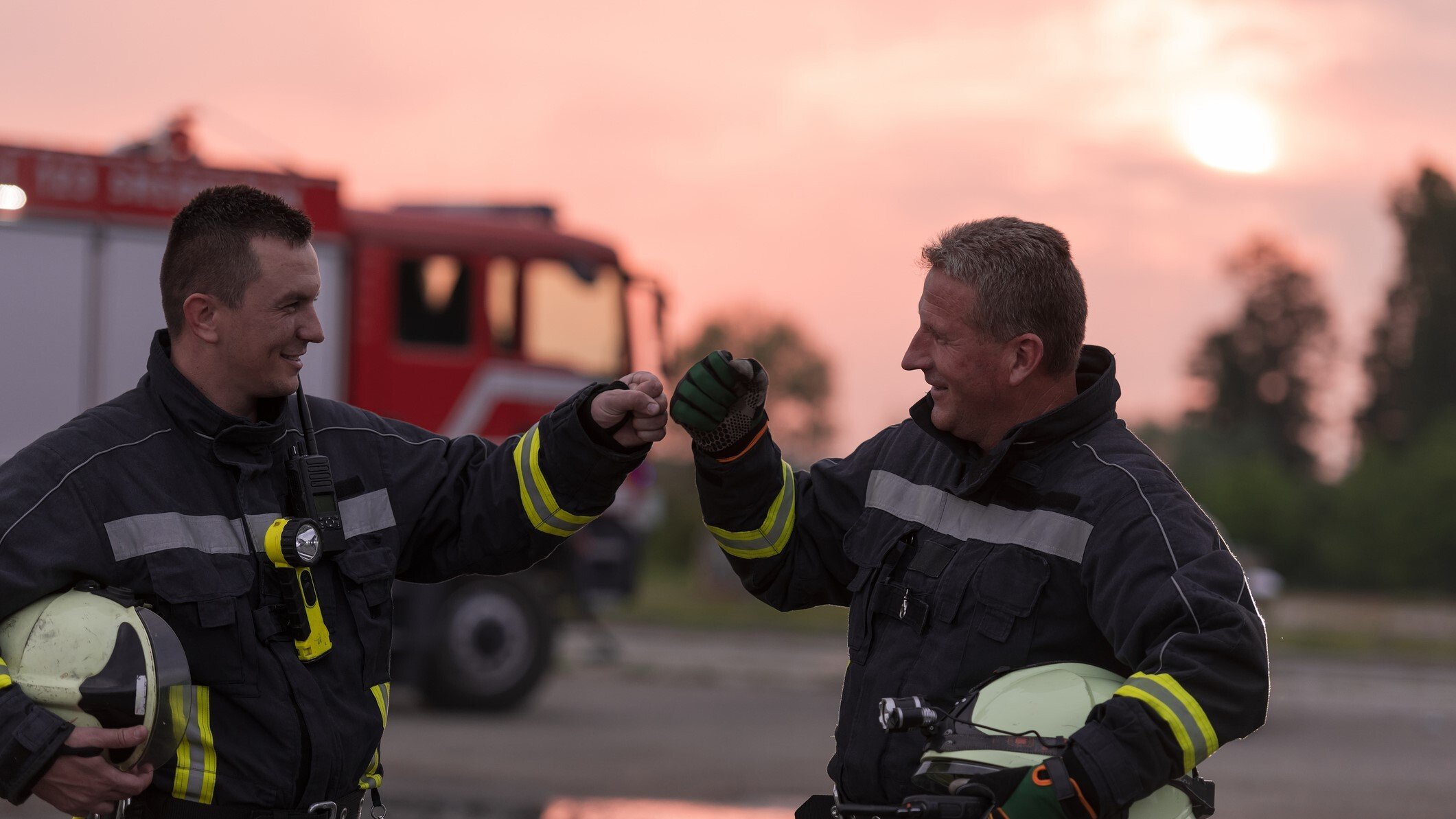
Over the past year we have seen a rapid acceleration in our comfort level with all things virtual. High-stakes meetings are held on Zoom, while diagnoses are delivered via telehealth. The rate of adoption for these technologies has gone from a walk to a sprint since the onset of the pandemic, and while there may be some regression to the mean, there is little doubt that they will be here to stay even as we return to a post-lockdown world.
Acceptance of on-demand interpreting is also surging. LanguageLine created virtual interpreting 38 years ago when our founder - a San Jose police office - invented a way to connect a professional interpreter by phone whenever one was needed. Today we deliver on-demand interpreting in video and audio-only format in more than 240 languages, with more than 14,000 interpreters available at the touch of a button.
Despite these advances, there was still a stubborn perception that an interpreter must be physically present to be effective. This changed during the pandemic, when friends and family were no longer available to interpret and face-to-face interpreters could no longer come on site. Situations became more urgent, meaning there was no time to schedule an interpreter.
Soon enough, those in need of language access understood the power of one-touch, on-demand interpreting – and in many cases came to prefer it.
Situation Dictates Modality
What many are learning is that no interpreting format is perfect for every situation. On-demand interpreting in audio or video is a better option in a wide array of scenarios, as is face-to-face, onsite interpreting. Both on-demand and on-site
Practitioners should allow the situation to dictate the modality, not vice versa. The right modality depends on immediacy of need, cost effectiveness, and most importantly, the ability to communicate effectively in an individual’s moment of need.
When is face-to-face interpreting preferred?
The most valuable human communication is complex by nature. There are certain instances in which there is no substitute for having an interpreter physically present. Onsite interpreting still holds incredible value. Onsite is best for more delicate discussions such as mental health, informed consent, new diagnoses and end of life conversations, when an onsite presence is needed or preferred by the patient.
Onsite also allows for the repeated use of a single interpreter, making it the optimal format when interpreter continuity is a critical success factor.
Having a face-to-face, in-person interpreter physically present is preferred in situations involving:
· High interaction with multiple participants and unstructured turn-taking
· Complex, critical, and sensitive situations
· Young children or those with underdeveloped language skills
· High use of idiosyncratic language patterns
· Individuals with a secondary disability (like poor vision) that impedes their ability to utilize technology
· Deaf and Hard-of-Hearing individuals, though video interpreting is a viable alternative.
What about on-demand interpreting?
On-demand interpreting is unscheduled. With on-demand, the user dials a toll-free number or presses a button in the LanguageLine app, and a professional interpreter becomes available in seconds. On-demand interpretation is available in video and audio-only formats.
Video Interpreting
Video interpreting is the virtual interpreting modality that has made the most headway over the past year. It comes with the personalization of face-to-face interpreting, while also having the advantage of immediacy. Press one button and within seconds, a professional, highly trained interpreter arrives in the language of need. Video interpreting is ideal for situations where an interpreter is needed immediately and visual cues are vital to the conversation.
Imagine waking up in a hospital where you don’t speak the same language as your caregivers. You’re sick, you’re scared, and you’re alone. Then someone brings in a tablet or smartphone, presses a button, and up comes someone who looks you in the eye and speaks your language. Through this interpreter, your doctors and nurses are suddenly able to understand not just what you say, but what you mean.
This is the power of video interpreting, which can also be deployed for telehealth.
On-demand video interpreting is ideal for:
- Medical settings
- Schools
- Government agencies
- Retail outlets
- Walk-in locations
- Teams that are in the field, including first responders, service workers, and delivery people
LanguageLine provides video interpreting in 41 languages, including American Sign Language and British Sign Language.
With video, there is a reduction in cost as compared to onsite, with no travel costs or two-hour minimums.
Audio Interpreting
As with video interpreting, audio interpreting (also called over-the-phone interpreting or OPI) is available on-demand within seconds. The difference is that more languages are available in audio-only format. In LanguageLine’s case, more than 240 languages are available in audio-only format.
This is another interpretation modality that has swelled in usage since the onset of the pandemic.
Audio interpreting is essential to reach languages of lesser diffusion that may not be available in person or with video. It is also commonly used for conversations that do not require visual cues such as appointment settings or follow up calls.
Over-the-phone interpretation is particularly useful for organizations faced with providing language services to an increasingly diverse patient population, as it offers access to qualified interpreters in a wide variety of languages.
While common language requests are often fulfilled by onsite and video remote interpreters, less common language needs are more easily met over the phone. Another advantage of over-the-phone interpretation is a significant reduction in cost when compared to onsite.
LanguageLine can help
Thanks to the pandemic, we are experiencing a widespread cultural acceptance of new technologies. On-demand interpreting is an innovation that is achieving critical mass. Even as we exit lockdown, video and audio interpretation will be here to stay.
Which modality is right for you? The appropriate use of video, audio, or onsite is situation dependent.
Fortunately, LanguageLine provides 360 degrees of language-access coverage.
LanguageLine is able to get you connected to our team of 14,000 professional, on-demand interpreters via audio or video in 30 seconds or less. We do this in more than 240 languages. We can also handle all of your onsite interpreting needs.
Additionally, LanguageLine can translate and localize your written content. We provide these services 24 hours a day, seven days a week, 365 days a year.
It all starts with a conversation. Please contact us via our website or by calling 800-752-6096. We would like to learn more about the opportunities that reside within your organization.



